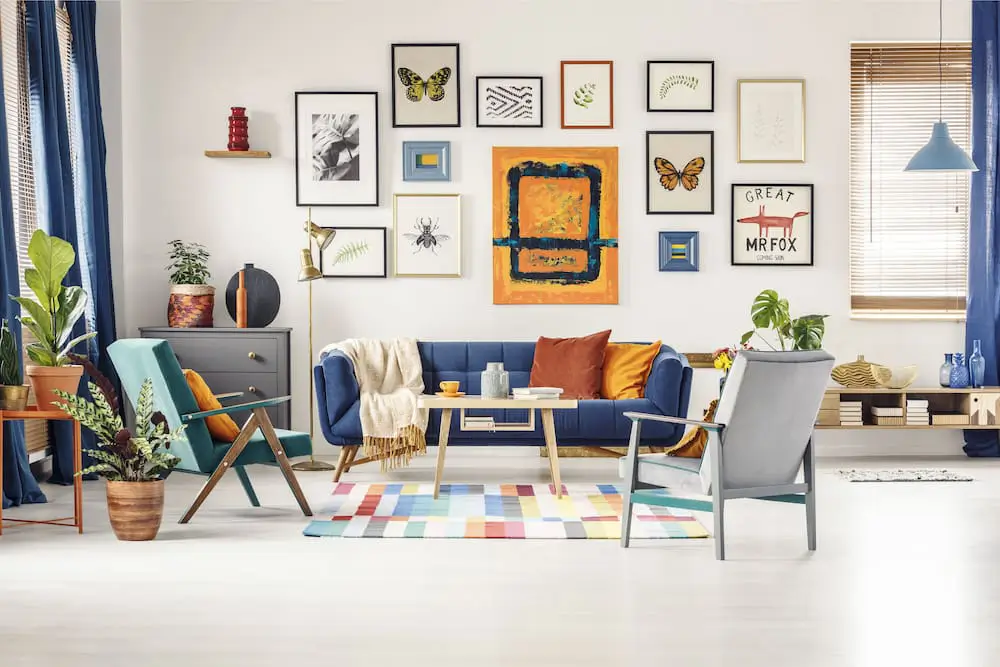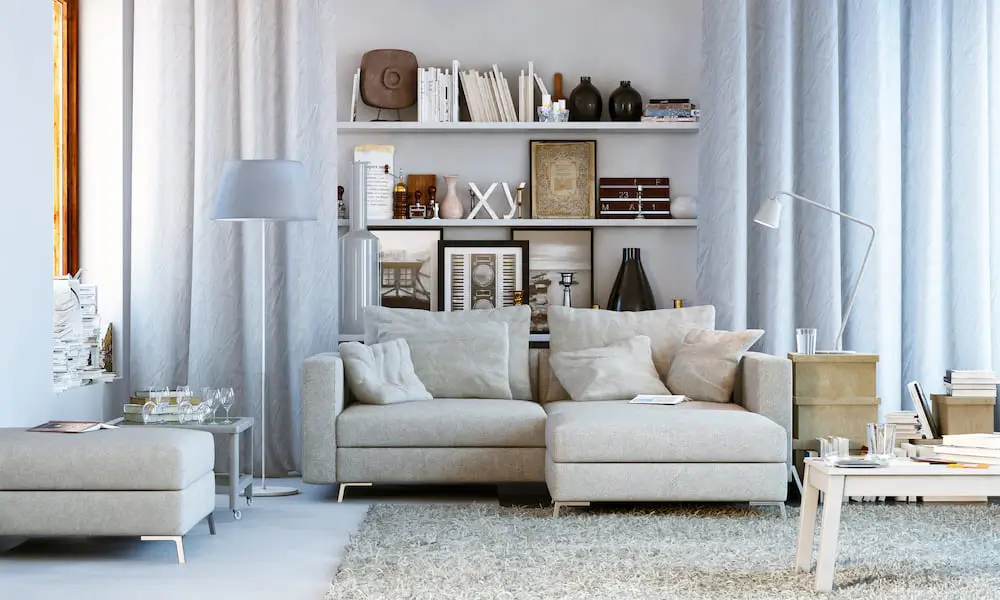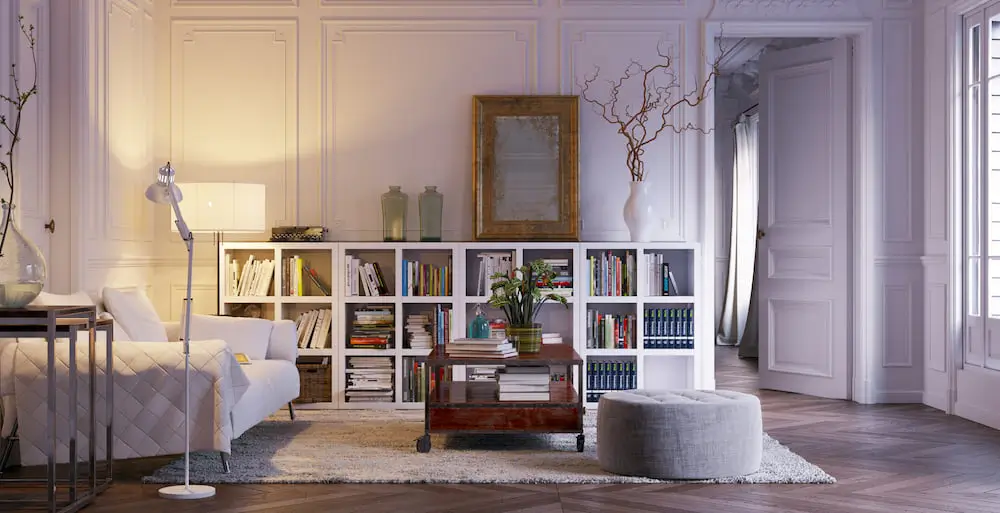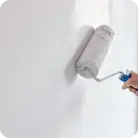Do you ever get the feeling that people want you to get rid of your stuff?
The voices are all around, demanding you declutter and tidy up. Get rid of anything that doesn’t “spark joy” in your life. Sell your house, your possessions and move into a tiny home. Just become a minimalist.
Those things are easier said than done. So how, then, can someone come to grips with having a lot of possessions?
Balancing ‘Stuff’ While Managing Clutter
This blog presumes you’re inundated with stuff. Old magazines, clothing that doesn’t fit, unused appliances, out-of-date electronics, mystery boxes. The list goes on.
A recent report states the average U.S. household has 300,000 items. Those possessions hold emotional weight, reminding you of loved ones or memorable events, or they hold practical value, helping you feel prepared for unexpected situations, or the challenges of day-to-day living.
But with that many things, how can we manage these possessions? Staying organized, keeping things cleaned and understanding a little about yourself are three of the keys.

Get organized
The biggest thing someone with a lot of possessions can do is to stay organized. This means using your space to its utmost. There are lots of tips available for decorating studio apartments, dorm rooms, and small spaces. No matter how large your living quarters are, employing some of the same tips and tricks to manage your possessions will help you feel less crowded and give you insight into how to organize clutter.
This can include getting closet organizers to use space to its utmost. Kitchens can be managed by adding more shelves, peg boards, hooks and other tricks. The same applies to living areas. Think about spaces that aren’t being used to their fullest and consider how to consolidate items in these areas.
For example, if someone has a collection of dolls, plates, action figures—whatever—don’t store them on tables or other flat surfaces. Instead, put floating shelves on walls and build a floor-to-ceiling display.
Another way to deal with clutter is to utilize multi-purpose furniture. An ottoman that opens to reveal space to store board games. A bench with cubbies for shoe storage.
Other underutilized areas that can be used for storage include doors, beds and cabinets. Over-door hangers make great places for hoodies, caps and the like. Under-bed storage can be accomplished with special long, thin storage boxes, by using bed frames with built-in drawers and cubbies, or even bed risers that can increase the available storage height another few inches, allowing for larger boxes.
Clean often
Another important tip is to manage dirt, dust and trash by cleaning often. If you’re committing to having a lot of items out on display, make sure to dust frequently. Clean your windows. Empty trashcans often. Don’t let dirty dishes pile up. Put clothes away.
Having a collection on display shouldn’t generate negative feelings, but if it’s always dirty, or pieces have broken off, it can be a source of anxiety or guilt. Dusting often will even allow you to reconnect with your collection and experience it on a different level and let you appreciate it more, ultimately allowing you to remember why you chose to display it in the first place.

Ask yourself a tough question: Do I have too much stuff?
Of course, it’s important to understand what your tolerances are. Is there a point at which “cozy” becomes stifling? Or does the clutter present health or safety issues for you or your family?
Sounds far-fetched, but it definitely happens. Look for warning signs (like the urge to chuck it all and move, or increased anxiety over cleaning).
One piece of advice from Apartment Therapy is to think back to a time when the clutter did seem overwhelming, maybe not in the whole house, but in a particular area. Was there a time when you had a mini-meltdown over things crowding the bathroom sink? Too many clothes on the chair. Too much paper piled on the desk. Understanding what those tipping points are can help you avoid situations that make you feel helpless or out of control.
Different Messages, Different Emotions
There are plenty of complex emotions to consider, no matter which path you decide to take—cluttercore (more about this trend in our FAQs), minimalism or somewhere in between. Here’s a glimpse of the tug-of-war many people face:
Anxiety
Living in an environment that is too cluttered can lead to anxiety, which in turn can contribute to feelings of helplessness and depression. As Libby Sander writes for Men’s Health, “our physical environments significantly influence our cognition, emotions and subsequent behaviors, including our relationships with others.”
Guilt & Shame
These emotions can be generated by people who interact with you and your space, or other sources like social media, TV shows, etc., who are promoting an unrealistic lifestyle. For some, the guilt and shame become internalized and can lead to more serious issues.
They’re similar emotions, but there is an important distinction between the two. Someone experiencing guilt over having too many possessions might say something like, “having this many things is a mistake,” whereas someone who is feeling shame might say, “I am a terrible person to have all these things.”
Regret and Grief
Regret is a powerful emotion that can occur when you lose—or get rid of—possessions that you end up needing, either emotionally or physically.
Losing things you love, especially those with sentimental value, can also trigger grief. As this article in Cosmo explains, “precious objects act as mementos to happier times or as reminders of the deceased. When these mementos go missing … grieving is normal.”
Wrapping up
The concepts of simple living and minimalism have been around for thousands of years, and are reflected in many religious philosophies, art movements, economic doctrines and even political rhetoric.
There is a lot to be said for it in this day and age, especially as people look for ways to reduce their carbon footprint, reduce expenses and yearn for ways to reconnect with the people that matter and the things they love.
But what about the things you already have?
You can love them, too.
FAQs
The topic of possessions, stuff, minimalism and decluttering tends to be, well, cluttered with tangential questions. Below are some of the most frequently asked questions that people have on the topic.
Q: What is Cluttercore?
A: Believe it or not, there is a design movement that supports having lots of stuff on display. Cluttercore, as defined by Hunker, is a “maximalist design style that centers on displays of large collections of items, typically ones that have some sort of emotional or nostalgic value to their owners.”
If you have a bunch of items that hold a similar or shared meaning, cluttercore would mean that you don’t strew them around the house. Instead, concentrate all the items in one area, almost like a shrine or homage devoted to a beloved relative or a hobby like antique cameras, books, records, posters, vintage toasters, or whatever brings meaning.
Q: Who is famous for Minimalism?
A: Notable voices in the struggle against clutter are The Minimalists and KonMari.
Joshua Fields Millburn and Ryan Nicodemus (a.k.a. The Minimalists) were both born in 1981, and Marie Kondo (a.k.a. KonMari) in 1984. Between them, they preach the gospel of simple living, minimalism and tidying up, and have been among the most outspoken proponents of shedding possessions.
The post-WWII ethos took the American Dream of “life, liberty, and the pursuit of happiness” and mortgaged a house with a yard and a two-car garage and tacked on credit card debt by buying lots and lots of possessions. But as that dream has failed to sustain itself in the 21st century, millennials (anyone born between 1981 and 1996) are taking up the charge to rewrite the script.
The KonMari approach involves gathering a category of possessions together and deciding which ones to keep, based on the notion of determining which items “spark joy.” While on the surface this seems like a simple enough process, the underlying message doesn’t deal with the notion of consumerism.
As Joshua Becker writes in his blog Becoming Minimalist, “Unfortunately, the question ‘Does it spark joy?’ does little to rewire our thinking” about our society’s consumeristic tendencies. Need proof? The first menu item on KonMarie.com goes to her shopping page, where tidying one’s room should involve a $180 fabric iron steamer and a $220 copper birdhouse.
The Minimalists, on the other hand, are outspoken about accepting outside advertising dollars, lending credence to their gospel of clearing the clutter. They have drawn criticism for their message, however, especially in regions where having less isn’t a choice, it’s an unfortunate fact of life.
While we applaud anyone who’s heeded their advice and is living their best life as a result, it’s just important to understand that their approaches aren’t one-size-fits-all, and you shouldn’t feel shame, remorse or regret if Minimalism doesn’t work for you.
Q: How much stuff is too much?
A: As this article in Bustle explains, how much stuff you have is an entirely subjective measurement. But there are some warning signs that you’ve got more than you need.
- Do you have clothes all over the floor?
- Do you have two or more of many things?
- Are you not inviting people over because your house is too cluttered?
- Are your spending habits starting to stress your finances?
As was mentioned earlier in the blog, it’s important to start asking yourself these types of questions if you’re no longer comfortable with the sheer number of possessions in your home.
Q: Am I a Hoarder?
A: Hoarding disorder, like all mental health issues, should not be taken lightly. Wikipedia describes compulsive hoarding as “a mental disorder characterized by accumulation of possessions due to excessive acquisition of or difficulty discarding them, regardless of their actual value, leading to clinically significant distress or impairment in personal, family, social, educational, occupational or other important areas of functioning.”
The likelihood that you’re a hoarder is pretty slim. Estimates say that only 2-5% of adults are classified as having hoarder disorder (which, interestingly, wasn’t even its own thing until 2013, when it was separated from OCD).
Fortunately, there are a number of treatments for compulsive hoarding. Cognitive-behavioral therapy, motivational interviewing, harm reduction and group psychotherapies are among the therapeutic approaches most commonly used.
Q: What about tiny houses?
A: The tiny-house movement has grown significantly in recent years and is another form of “living with less.”
To be considered as such, tiny homes can have a maximum of 400 sq. ft. (excluding lofts). Reasons for adopting the lifestyle include reducing carbon footprint, reducing overall expenses, increasing family time, and more.
A further offshoot of the movement includes vanlife or the practice of living in a vehicle on a full- or part-time basis. Much like people taking to tiny houses, vandwellers cite multiple reasons for adopting the lifestyle including seeking freedom, self-sufficiency, and cost savings. For others, vanlife represents an alternative to homelessness.





